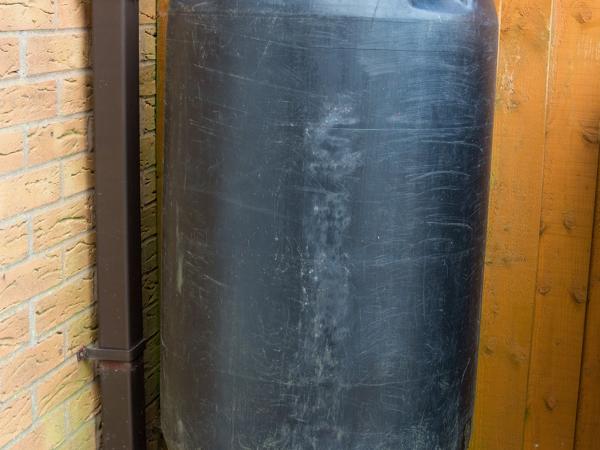Water is a fundamental necessity for survival. It plays an essential role in homesteading, especially when reliable sources are scarce. Collecting rainwater is a practical and resourceful way to supplement your water needs. It’s both sustainable and economical, helping you conserve water while providing an alternative source for gardening, cleaning, or emergencies. In this article, we’ll explore how to create a DIY rainwater collection system.
Why Collect Rainwater?
Rainwater harvesting can be a key practice in preparedness. It offers several benefits, including:
- Resource Conservation: Captures water directly from natural precipitation.
- Cost Reduction: Lowers water utility bills.
- Environmental Impact: Reduces stormwater runoff and erosion risks.
- Self-Sufficiency: Enhances your ability to support your water needs independently.
Basic Components of a Rainwater Collection System
Before diving into construction, it’s important to understand the basic components of a rainwater collection system:
- Catchment Surface: This is typically the roof of a building where water is first collected.
- Gutters and Downspouts: These guide the water from the roof to the storage system.
- First Flush Diverter: Directs the initial water flow away from the storage system to remove debris and pollutants.
- Storage Tank (Cistern): Holds the collected rainwater for use.
- Filtration System: Ensures the water is clean and safe for its intended use.
- Distribution System: Allows the water to be accessed or moved to where it’s needed.
Choosing the Right Tank
The storage tank is a crucial part of your collection system. When selecting a tank, consider:
- Material: Plastic, metal, and concrete are common. Each has advantages like durability, cost, and water quality.
- Capacity: Depends on rainfall averages and your water needs. A common size for home use is 1000 to 5000 liters.
- Space: Ensure there is adequate and sturdy space for the tank.
Step-by-Step Guide to Building a Simple System
Here’s a straightforward way to build a rainwater collection system suitable for most homes:
Step 1: Estimate Collection Potential
Measure your roof’s surface area in square meters and find out your region’s average rainfall in mm/year. This will help evaluate how much rainwater you can potentially collect yearly. Multiply these numbers (1mm of rain over a square meter equals to 1 liter of water) to get an estimate.
Step 2: Install Gutters and Downspouts
Attach gutters to the edges of your roof. Make sure they have a slight angle to direct water flow to the downspout. Position the downspout to lead water to your storage tank.
Step 3: First Flush Diverter
This is optional but highly recommended. A first flush diverter prevents the initial dirty water, which may contain debris and contaminants, from entering your tank. Various DIY designs are available online, such as homemade versions using PVC pipes.
Step 4: Storage Tank Setup
Position your tank on a raised platform to allow gravity flow and ease access. It should be positioned where the downspout can easily direct water into it. Include an overflow pipe that leads excess water away from the foundation.
Step 5: Filtration
Add a simple inline mesh filter before the water enters the tank. If you’re using the water for drinking, invest in a stronger filtration system.
Step 6: Distribute the Water
Determine how you will use the water. For plant watering, a hose and gravity will suffice. For home use, install a pump if necessary.
Maintenance Tips
- Regular Cleaning: Keep the gutters and downspout clear of leaves and debris.
- Inspect and Repair: Check for leaks or cracks in the system routinely.
- Filter Replacement: Clean or replace filters as needed to ensure water quality.
Legal Considerations
Rainwater harvesting laws vary by region. Research local regulations or contact local authorities to ensure compliance.
Additional Resources
For further details and plans, the following resources can expand your knowledge:
- Rainwater Harvesting for Drylands and Beyond by Brad Lancaster - Offers comprehensive techniques and insights.
- The Rainwater Harvesting Community - An online forum where experienced individuals share tips and experiences.
Harvesting rainwater can augment your self-reliance and sustainability. Building a straightforward system is approachable and can be tailored to suit personal requirements. Remember, it’s a continual learning process, and each system will have its unique characteristics tailored to specific needs and conditions.




